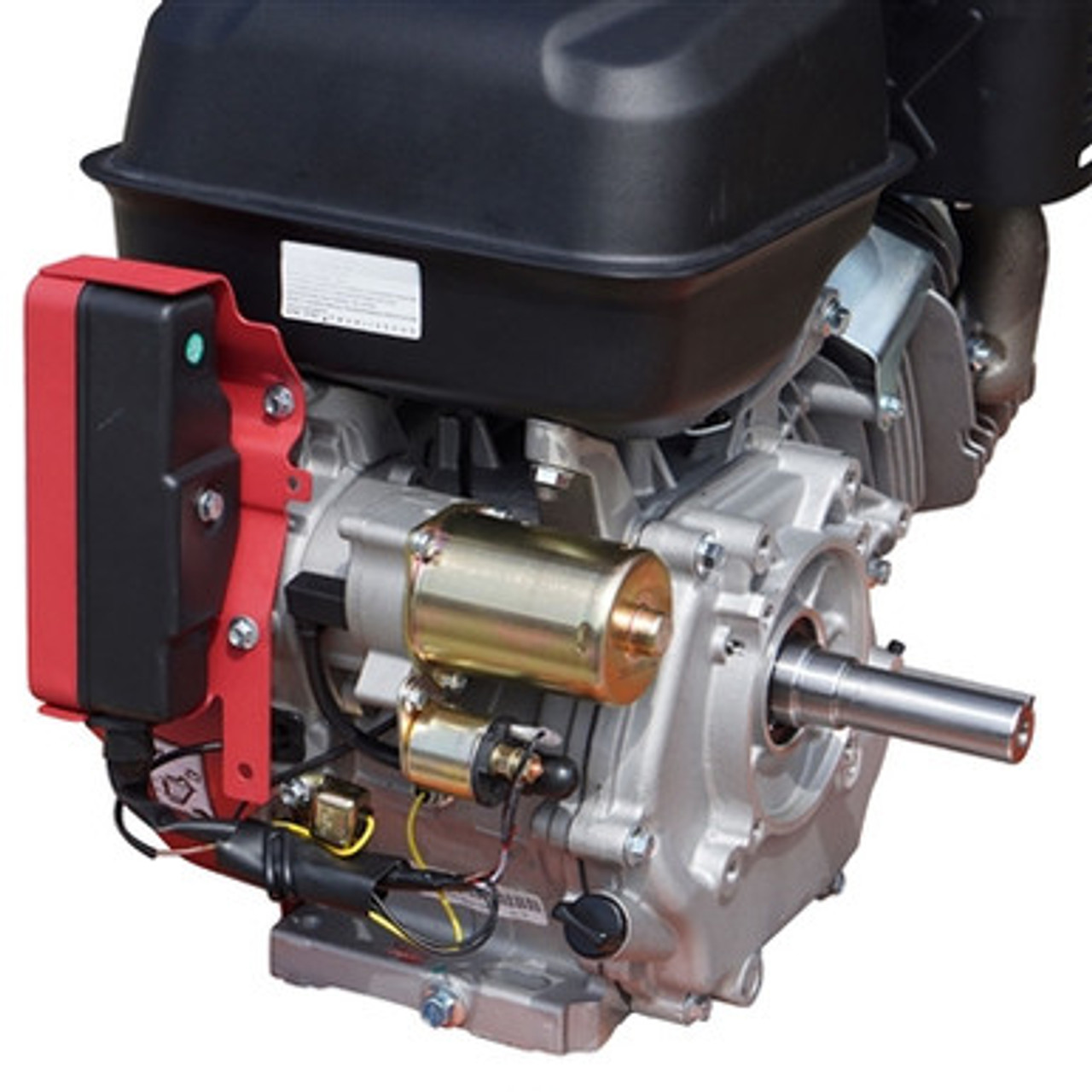Starting Your Small Engine: A Comprehensive Guide
22nd Mar 2024
Whether you're about to kickstart a lawn mower, generator, or any other machine powered by a small engine, this guide will walk you through the essential steps and troubleshooting tips to ensure your engine runs smoothly.
Step-by-Step Instructions to Start Your Small Engine
Before attempting to start your engine, it's important to follow some preliminary checks and steps to ensure a successful ignition.
Preliminary Checks:
- Fuel Level: Ensure your engine has enough fuel for operation. Running out of fuel during operation can cause the engine to stop unexpectedly.
- Fuel Valve: Turn the fuel valve to the "ON" position to allow fuel to flow to the carburetor.

Starting the Engine:
- Choke Application (if applicable): If your engine is equipped with a choke, apply it by pulling the lever to the "CLOSED" position. This helps in starting the engine when it's cold.
- Electric Start Models: For those with an electric starter, simply turn the ignition key to "START" and hold until the engine roars to life.
- Recoil Start Models: Hold the starter grip firmly. Pull slowly until resistance is felt, then pull sharply to engage the engine. This method requires a bit more effort but is straightforward once you're used to it.
- Choke Adjustment: If you applied the choke in step 3, gradually open it as the engine begins to warm up. This prevents the engine from stalling by allowing a more balanced air-fuel mixture.
- Warm-Up: Allow the engine a few minutes to warm up before you start using it. This ensures the engine operates efficiently and prolongs its life.
Troubleshooting Tips When The Engine Won't Start
Even with meticulous preparation, there may be times when your engine hesitates to start. Here are some troubleshooting tips:
- Fuel Check: Verify that there's enough fresh fuel in the tank. Old or stale fuel can prevent the engine from starting. If necessary, drain the old fuel and refill with fresh gasoline.
- Spark Plug Inspection: Remove and examine the spark plug for signs of fouling, damage, or wear. Clean or replace the spark plug as needed.
- Air Filter Condition: Check the air filter. A clogged or dirty air filter restricts airflow to the engine, hindering operation. Replace if necessary.
- Engine Stop Switch: Make sure the engine stop switch is turned to the "ON" position.
- Choke Use: For cold engines, use the choke. If the engine is warm, try starting it without the choke.
- Electric Start Models: Ensure the battery is adequately charged and the connections are secure.
- Dealing with a Flooded Engine: If the engine is flooded, wait a few minutes before trying again. For recoil start models, this period allows excess fuel to evaporate.
- Fuel Line and Filter: Inspect the fuel lines and filter for any blockages or leaks and rectify any issues found.
- Dirty Carburetor: A dirty or clogged carburetor is a common issue that can impede the starting and smooth operation of your engine. Symptoms of a dirty carburetor include difficulty starting, irregular idling, and stalling. To address this, the carburetor needs to be cleaned thoroughly using a carburetor cleaner spray and, if necessary, disassembled for a deep cleaning. Ensure to remove any deposits or debris that might be blocking the fuel and air passages. If cleaning does not solve the problem, consider seeking professional help or replacing the carburetor.
- Cool Down: After multiple unsuccessful starting attempts, give your engine time to cool down before attempting again.
Following these steps and tips should help you get your small engine started smoothly for a productive day of work. Remember, regular maintenance and care are key to the longevity and performance of your engine. Happy working!

